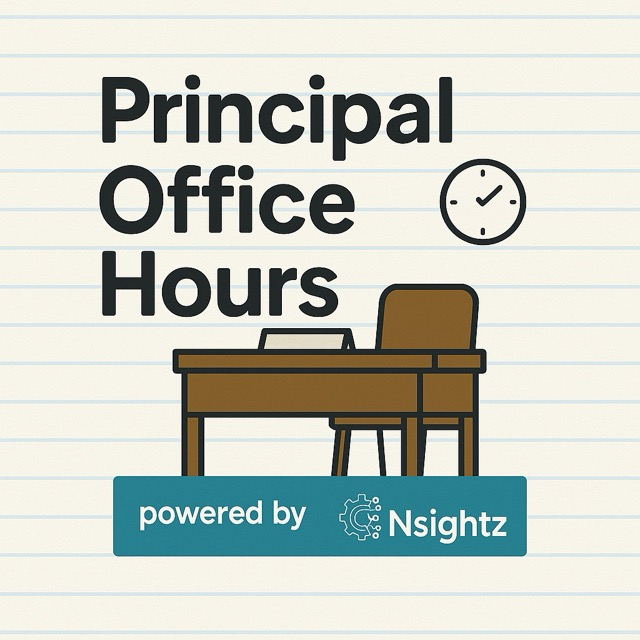How Building an Open-Door Culture Leads to More Dedicated Teams
*Summary:**
Dr. Jim emphasizes the importance of building a culture of communication in order to create an elite organization. He highlights four key elements: openness, leading by example, training managers, and leveraging technology. By fostering an environment of feedback and transparency, organizations can empower their managers, engage their employees, and ultimately build an elite organization.
Timestamp
[0:00:00] Building a culture of communication is key for an elite organization.
[0:00:28] Emphasize openness and make feedback the norm.
[0:01:33] Lead by example and model good communication behavior.
[0:02:10] Train line managers on giving and receiving feedback.
[0:03:03] Leverage technology to enhance communication culture.
[0:03:45] Building a feedback culture is critical for an elite organization.
Transcript
Building an Open-Door Culture
Dr. Jim: [:Now, here's the reality. The reason that probably a lot of these exits are happening is because of a pretty significant communication gap that exists within your organization, and I would wager that many of you are probably aware of situations across the enterprise where managers. Aren't effectively communicating the vision of the organization and the strategy to the line level.
So how can you fix that? How [:First, you need to start establishing trust. Now, trust isn't earned overnight. You need to be able to communicate over and over on a regular basis across many different channels to start the process of building trust. And one of the key things that comes from this is that you have to create an environment where your employees feel safe in sharing their thoughts and also giving direct feedback and suggestions with the understanding that their voice matters. So this is one of the areas where managers can be hugely effective in channeling and creating the conditions to have an organization where everybody is operating at a high level of trust. Part of the process of establishing trust has to. To do with developing transparency in the communication process.
ared with the line level. So [:Transparency needs to be built. Across the entire organization, and one of the key areas that you can't ignore the need for transparency is at the manager level. As an organization, communication and building an open door culture isn't a one-way street. You need to build a two-way communication culture.
You need to create that conversation. You need to have a listen first mentality so that you're creating that two-way environment, which leads to a huge amount of trust. Being built in the organization and also buy-in and commitment from the employee level into where the organization is going.
fferent channels do you have [:trust so that you can create that open door policy. Especially in today's environment where you're looking at more and more organizations that are going hybrid or remote. You need to have the ability to keep meetings lean, be nimble, and communicate asynchronously so that you have a lot of different ways for employees to express themselves and offer suggestions how the organization can get better.
you can have all the communication in the world. You can have all the feedback systems in the world. If you never take action on it, you're just wasting a lot of time. Having an open door policy with no action behind it, no empowerment behind it, no ability to
s to organizations and their [:And that communication culture that's built effectively is gonna be based on trust. And in order to do that effectively, you need to have a. Open door policy and just willing it to happen isn't gonna be enough. Taking these action steps is gonna pave the way for your managers become empowered, your employees become engaged and together they help you build an elite organization.


